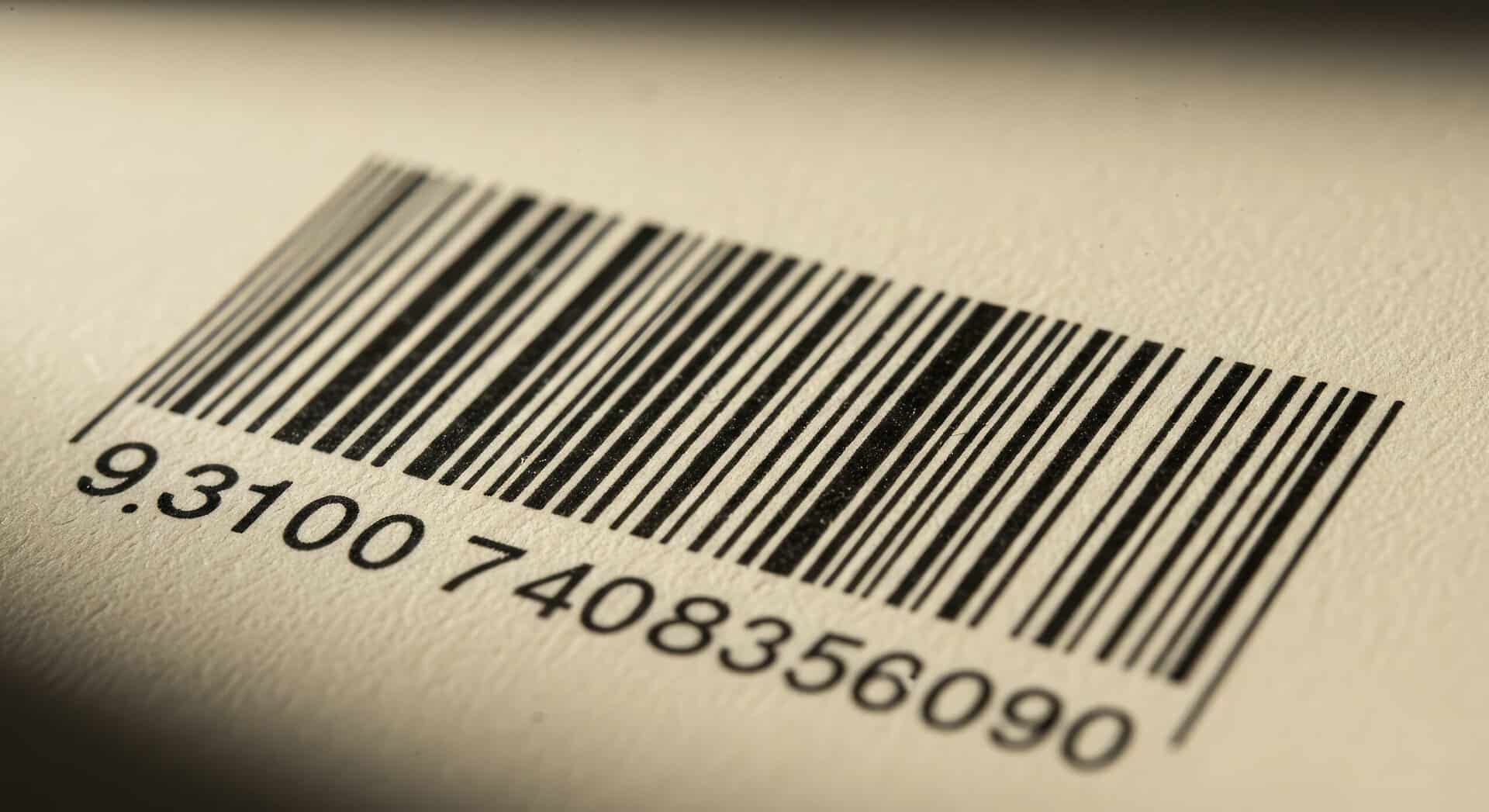Summary: This blog explores the importance of asset tracking for businesses, highlighting how it prevents delays, missed deadlines, and wasted labor. It compares traditional methods like spreadsheets and barcodes to advanced RFID technology, explaining how active and passive RFID tags work and their applications. The blog also guides on selecting the right RFID system and showcases its benefits, including automation, real-time tracking, and enhanced efficiency over barcode systems.
Table of Contents
The Importance of Asset Tracking
Asset tracking is crucial for businesses to avoid costly delays and inefficiencies caused by misplaced tools and equipment. An RFID asset tracking system offers a superior solution over traditional methods like spreadsheets and barcodes by automating the tracking process.
- Reduces Downtime: Quickly locate critical equipment to prevent operational delays.
- Improves Efficiency: Automates asset tracking, reducing manual labor compared to serial numbers or barcodes.
- Enhances Accuracy: Provides real-time tracking data for both fixed and mobile assets across various industries.
How Do Active RFID Tags Work?
Active RFID tags are robust workhorses within asset tracking systems, functioning through a dynamic interplay of their internal components. Understanding their operational complications provides insight into their pivotal role in modern tracking solutions.
Key Operational Components:
- Internal Power Source: The defining feature of active RFID tags is their self-contained power source, typically in the form of a battery. This power reservoir serves as the lifeblood, energizing the tag’s functionalities and enabling it to operate independently.
- Independent Transmitter: Active RFID tags possess an autonomous transmitter, unlike their passive counterparts. This internal transmitter allows them to take an active role in communication, broadcasting data signals proactively.
The operation of active RFID tags revolves around their self-sustaining power source and proactive communication capabilities. This dynamic functionality positions them as indispensable components in asset-tracking systems, offering versatility and real-time tracking prowess.
RFID Tags: Active and Passive
There are two general categories of RFID tags: active and passive. The type of RFID tag you choose depends on what you want to accomplish and the type of capabilities you are looking for.
What Are Passive RFID Tags?
Passive RFID tags are one of two general categories of radio frequency identification tags. They are typically smaller and less expensive than active tags, although their read ranges are shorter.
How Do Passive RFID Tags Work?
Passive RFID tags have no power of their own and are powered by the radio frequency energy transmitted from RFID readers/antennas. This process is a key feature of RFID Technology. The signal sent by the reader and antenna is used to power on the tag and reflect the energy back to the reader.
What Are Passive RFID Tags Used For?
The flexibility and cost-effectiveness of passive RFID tags makes it possible to attach or embed them to a wider range of objects than active tags. UHF (ultra-high frequency) passive tags are commonly used for item-level tracking of pharmaceuticals and consumer goods, making them an essential technology in RFID inventory management. By enabling accurate and real-time visibility of stock, they also play a crucial role in enhancing the efficiency of an RFID inventory system.
What Are Active RFID Tags?
Active RFID tags are one of the two general categories of radio frequency identification tags. They are typically larger and more expensive than passive tags, and offer longer read ranges that in some cases can extend up to 100m. However, active tags typically have a more limited lifespan than passive tags.
There are two types of active RFID tags: beacons and transponders. Transponders help conserve battery life by only “waking up” when they receive a radio signal from a RFID reader, while beacons emit a signal at a pre-set interval.
How Do Active RFID Tags Work?
Active RFID tags have a built-in power source (usually a battery) and their own transmitter. These are mostly UHF solutions.
What Are Active RFID Tags Used For?
Active tags can often support sensors that measure and transmit conditions like temperature, light, and humidity. This makes them popular in harsher environments. They are typically used to track larger assets like vehicles and cargo containers.
How to Select the Right RFID Tag Tracking System
While early versions of the technology were limited in the types of environments they could be used, there are now a variety of tags available that can be used in wet environments or on metal assets, and even tags that can survive exposure to extreme temperatures, chemical contaminants, and other harsh environments.
Selecting the right RFID tag will ultimately depend on
- your environment,
- data requirements, and
- size of the item(s) you’re tagging.
RFID Automates Asset Tracking
With a portable RFID reader built into a mobile computer, staff can easily scan one or more asset tags without having to physically see the tags. With traditional barcode labeling, employees would have to point a barcode scanner directly at the tag in order to get an accurate scan. In some applications, that would require crawling under desks, behind racks of servers, or climbing ladders to scan hard-to-reach assets. With RFID, the reader can be several feet away and still get an accurate scan. This could be done very securely, and one employee could easily scan several dozen assets in a room in just a few seconds, especially when paired with mobile device management solutions to streamline tracking and oversight.
RFID tags with larger on-board memory capacity can even store additional information about the asset. For applications in remote areas where connectivity to a back-end application or database might be challenging, the tag itself can store information about maintenance activities or sensor data that can be read and written to by a field technician using a mobile computer.
Barcode labels can be used for asset tracking, and do provide a more efficient alternative to manually searching for serial numbers — but a RFID asset tracking system can provide multiple advantages over barcoding. These include:
- Reading multiple tags at once, without requiring line-of-sight between the tags and scanner. One employee could inventory an entire room full of equipment in a matter of minutes.
- Critical service information can be stored on the assets themselves, enabling more accurate asset life cycle management.
- RFID tags can be integrated with sensors and GPS technology to provide asset condition data, in addition to location information.
- By integrating the solution with a wireless LAN, assets can be identified and located remotely in seconds.
- Inventory tracking times can be reduced from days down to hours.
- Asset security can be improved by generating real-time alerts and alarms if assets are moved into unauthorized locations or taken out of a building.
- Enhanced productivity because assets can be located almost instantaneously, and most asset management tasks can be made more efficient using RFID.
Tracking large numbers of assets doesn’t have to be a logistical nightmare. Automated tracking with RFID will provide a complete view of your asset fleet without the costly and time-consuming efforts involved in manually managing equipment.
For more information on Lowry Solutions’ RFID asset tracking system, check out our Asset Control System (ACS) brochure and FAQ.


